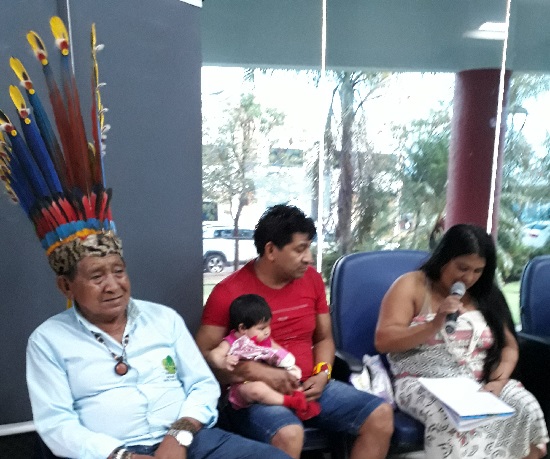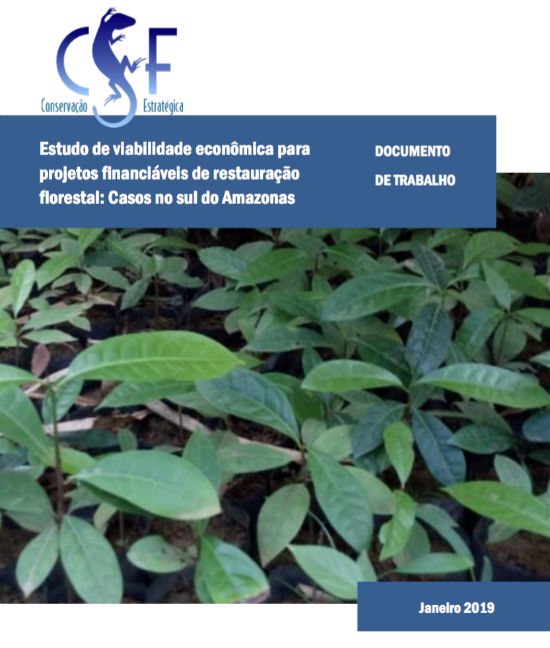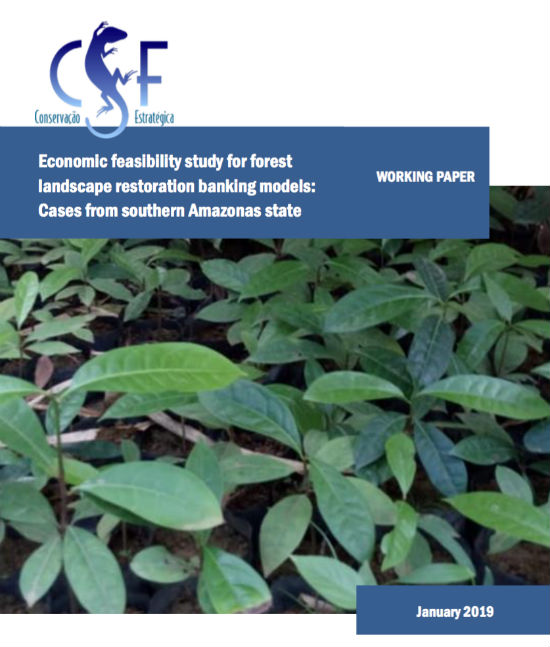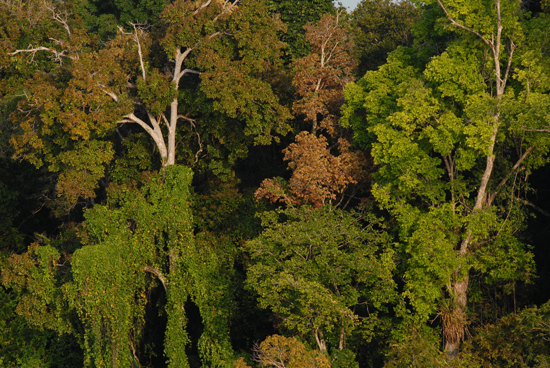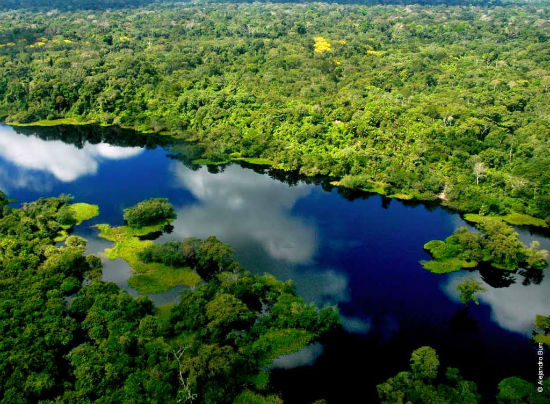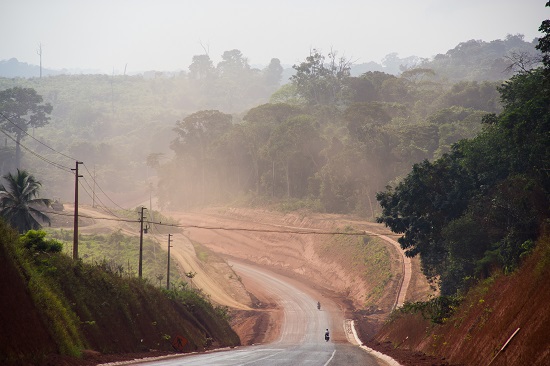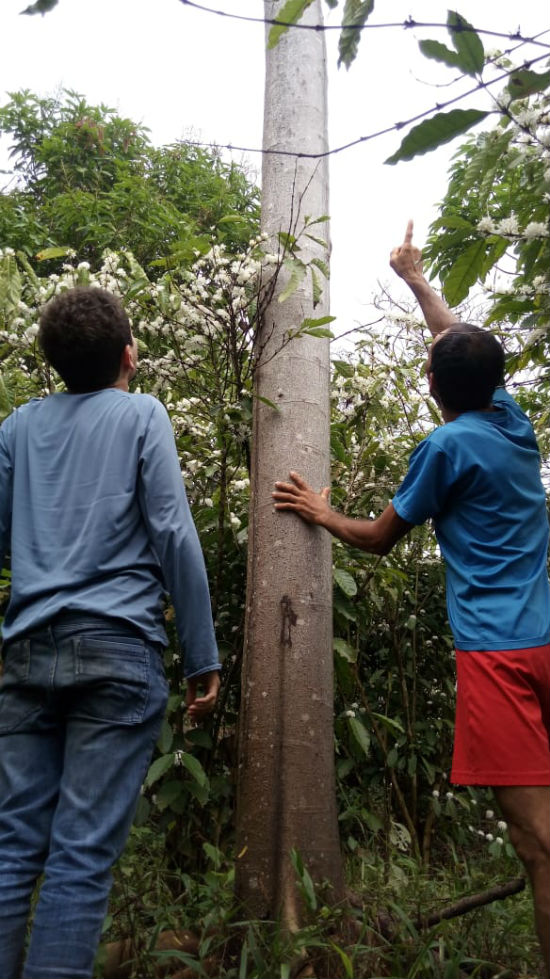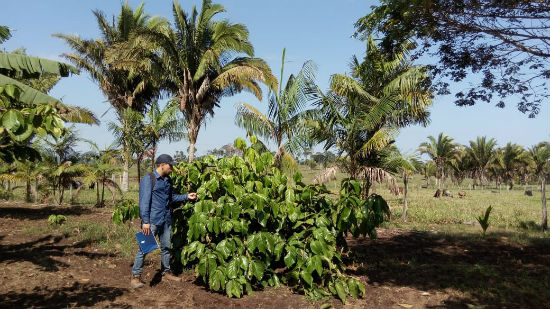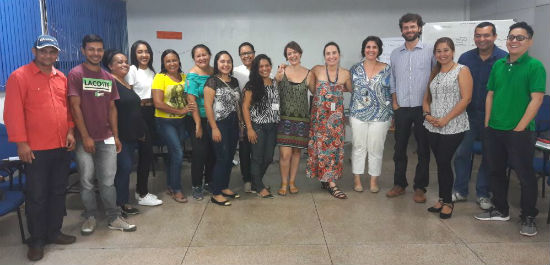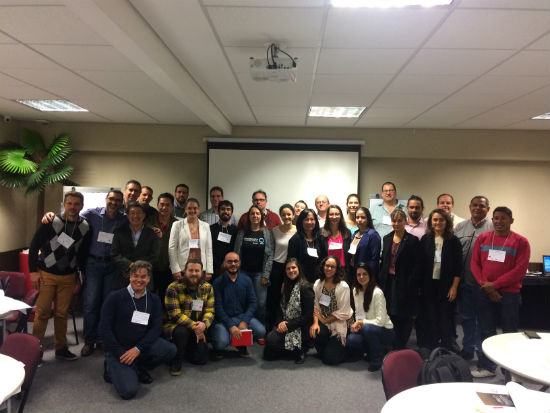News
Workshop Participants. Photo credit: CSF CSF-Brazil has released our study "Strengthening Tourism in Indigenous Lands: Analysis of Tourism Supply and Demand in the Juruena River Basin, Mato Grosso state", conducted in partnership with Native Amazon Operation (OPAN). The study analyzed the demand and supply of tourism in Mato Grosso state (MT) state to support the development of sustainable tourism in Indigenous Lands (ILs) of the Juruena river basin.
CSF-Brazil conducted a feasibility study of the most promising restoration business models for private investment in southern Amazon (AM) state, Brazil.
We conducted an economic assessment of three restoration models based on agroforestry found in the field: (1) Guaraná; (2) Coffee, cocoa and guaraná; (3) Coffee, cocoa, guaraná, açaí and banana. Feasibility results show that private investors can be attracted by these compelling business cases.
CSF-Brazil conducted a feasibility study of the most promising restoration business models for private investment in southern Amazon (AM) state, Brazil.
We conducted an economic assessment of three restoration models based on agroforestry found in the field: (1) Guaraná; (2) Coffee, cocoa and guaraná; (3) Coffee, cocoa, guaraná, açaí and banana. Feasibility results show that private investors can be attracted by these compelling business cases.
In partnership with the Forest Code Observatory (OCF) and Brazilian State level Environment Agencies, CSF-Brazil has concluded a study on the implementation of Environmental Reserve Quotas (CRAs) in the state of Maranhão (MA), and opportunities in Bahia (BA) and Tocantins (TO). We aim to support MA in the CRAs market implementation and to promote dialogue and experience sharing among MA, BA and TO. The ultimate goal of the study is to promote ecosystem and forest conservation in a more economically efficient and environmentally sound way in the Amazon, Cerrado and Caatinga Brazilian biomes.
Photo credit: Alejandro Burr.
Road in Brazil. Photo credit: Pedarilhos/Shutterstock.com.CSF has been working with the Moore Foundation, IPAM, and FCDS to identify the relative riskiness of planned roads in the Amazon basin in terms of economic, social and environmental costs. Our goal is to promote better infrastructure decision-making in Bolivia, Brazil, Colombia, Ecuador, and Peru by contributing reliable data to the national road planning process.
Understanding the forest restoration models used.
Understanding the forest restoration models used.
Participants of the Fazendinha APA’s ESs value chains workshop.
CSF-Brazil, in partnership with Native Amazon Operation (OPAN), has completed an analysis of the stock management and sales of the pirarucu fish in protected areas (PAs) in Amazonas state (AM), Brazil."Diagnosis of the Management of Pirarucu in Protected Areas of the Amazon" seminar participants. Photo credit: OPAN and CSF.

